Arctic Winter Gives Way to Spring
BARROW, ALASKA– The seemingly endless circumnavigation of the earth around the sun has come to that point in the journey again where the Arctic region breaks out of the cold, dark winter into spring’s light and warmth.
Because of climate change, spring comes earlier than in the past and fall lingers later into the year. The growing season for plants still lasts just 60 days, though, with the frost-free season lasting only 34 days.
Up here in Alaska, we have another harbinger of spring: the snow bunting. A type of sparrow, snow buntings have a striking white head and chest and black beaks and wings. They have a short musical warble, often repeated and sung while in the air. Of the migratory birds, they are one of the first to show up at winter’s end. Their song, and flashes of black against the snow on an early warm day, reassure you that spring is not far away.
While the melodious sounds of snow buntings assure us all that winter is winding down, it can be a stressful period for the researchers down in the lower 48 states. This is especially true if you have a large team of scientists, which may include Principal Investigators, Post-Doctoral researchers, and graduate and undergraduate students. If they arrive too early, there’s lots of standing around, waiting for the snow to melt. However, lo be it to those who arrive late after the snow has melted!
Researchers who live and work in Barrow year-round, like me, can continue office and lab activities, periodically glancing outside to watch the disappearing snow transform the tundra into brown. Usually, I can tell when we have two days left of snow machine travel to the site, so we switch over to moving the larger pieces of equipment needed in just the nick of time. Then we can concentrate on initiating our measurements in the field.
To avoid arriving too early or too late, most research teams I’ve worked with over the years send up a small contingent of new students and more experienced Arctic researchers. There’s always work to do in preparing for summer field work: breaking things out of storage, calibrating equipment, making data sheets and, in general, getting organized for the long days of research ahead. Often, after the new researcher is guided and instructed on various tasks, the older researcher will stay busy checking on freight, working up data from last year, revising a paper from work over the last couple of years for publication, or putting the finishing touches on a proposal to follow up on current research.
What we are all waiting for is “breakup.” Over the last couple of months (March-May) the tundra has been covered with a blanket of snow, often two feet deep. By late May, the layer gets thinner and thinner until patches of brown tundra show up, growing larger each day. The water from the snow melts, then freezes overnight until the landscape is made up of a lens of surface ice with patches of snow. Finally, overnight or during the day, pools of melt water break through their snow and ice dams. This melts other areas until, almost everywhere you look, water is flowing and rushing towards distant lowlands, only marginally following the tiny tributaries characteristic of the tundra. Walking to the sampling sites, careless or inexperienced researchers can often find pools deeper than expected, filling their boots with icy water.
Then, in less than five days, the water stops flowing and much if it drains away, confined to tiny drainages and lakes. Winter has ended and spring has started with summer close on its heels.


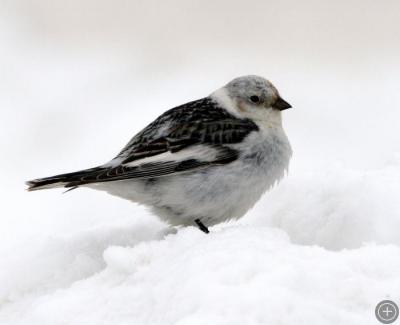
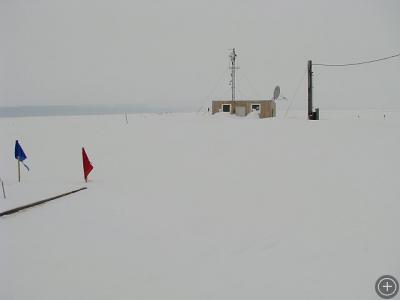
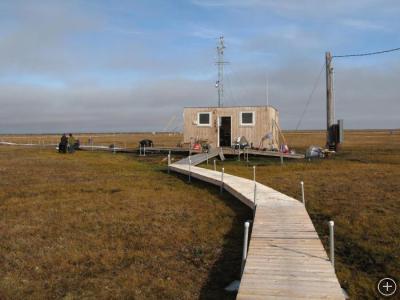
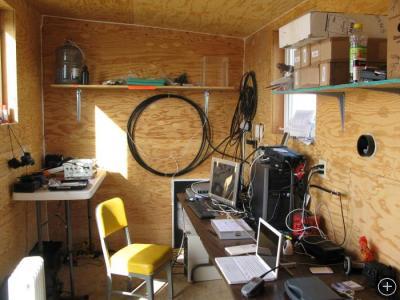
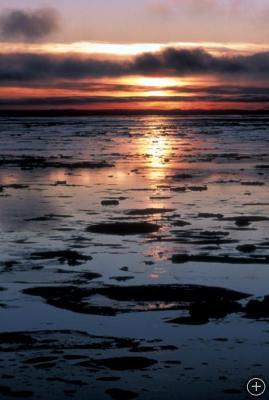



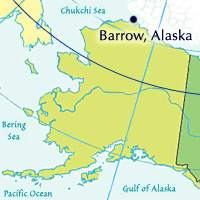





your pictures are awesome!!!!!!!
hey them are some cool pictures